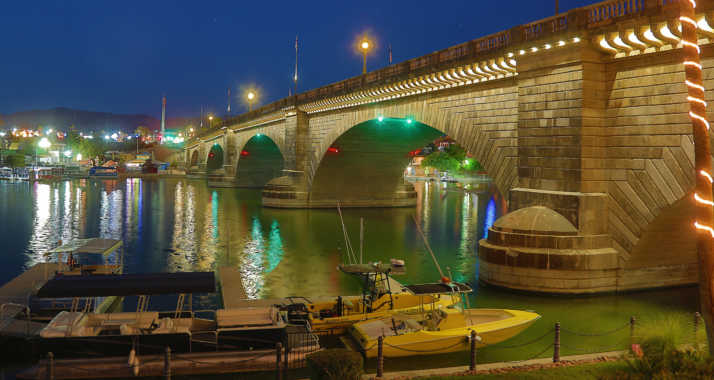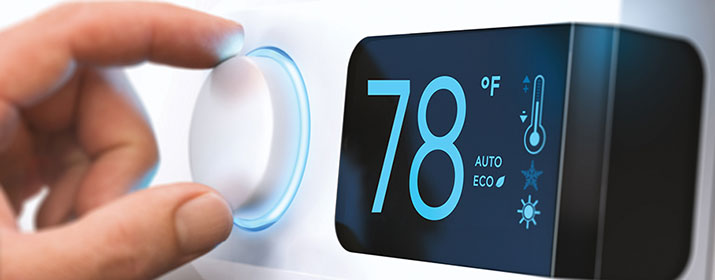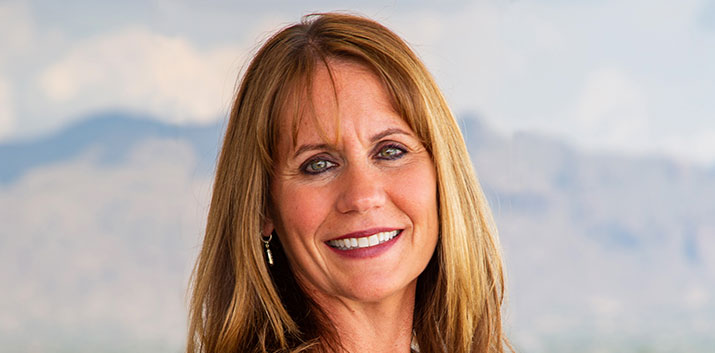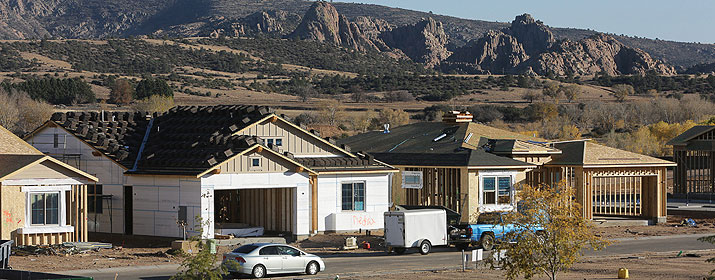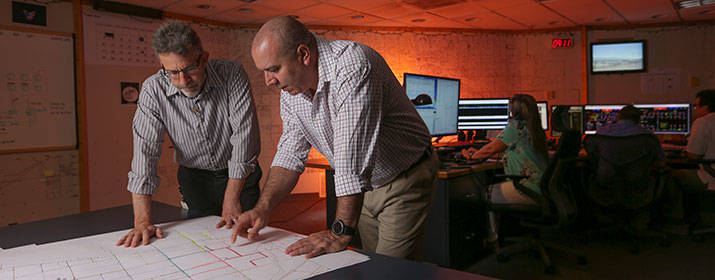
The storms that rage across our state can damage or topple utility poles, while bringing lightning strikes and heavy rains that can zap fuses, transformers and insulating equipment.
Our System Control team, which serves as our outage response nerve center, will begin prioritizing restoration activities, knowing we can’t respond to every outage at the same time.
The immediate safety of our customers and our crews is always our first consideration, so addressing any safety hazards, such as downed wires, is Job One. We also focus on restoring power to critical facilities, such as hospitals, police and fire departments and other utilities. After that, we look for opportunities to isolate damaged equipment and restore service to the greatest number of customers as quickly and safely as possible.
In large outages, our crews work 16-hour rotating shifts to restore power, no matter the wind, the rain or the dark.
“Restoring service is a complex undertaking with a number of factors,” explained David Wagner, Director of Line Construction, HEAT, Metering, and Line Locating. “When our troublemen get to the scene, they assess the situation and investigate the source of the problem. Sometimes, they can temporarily reroute power or call for a crew to provide temporary support for poles to bring folks back into service sooner. Other times, we find complex problems that require more time, more crews and more equipment. That’s why it can be hard to predict when power to a particular home can be restored.”
The “electric superhighways” of our system, the high-voltage transmission lines, get our focus first, since they supply electricity to the entire distribution system. Our substations are an equal priority, since they transform the energy from the high-voltage transmission lines into a lower voltage to energize local distribution lines. Once those major circuits are back in power, we start focusing on the lines that feed neighborhoods and homes.
Sometimes, you might notice your own power is out, but your neighbor has power across the street. That’s often because houses on the same street might be served by different circuits or transformers, which may come back into service at different times.
You also might see us drive away before restoring power. That might happen if we have to report to an emergency or if our investigation determined the outage will require long-term repairs to damaged electrical equipment and we need to wait for more equipment or other crew members.
“Our crews are really proud of the specialized work they do and there is absolute commitment from each of them to get our community back in power as quickly as we can, as safely as we can,” Wagner said. “Thank you for your patience in weathering the storms with us.”

